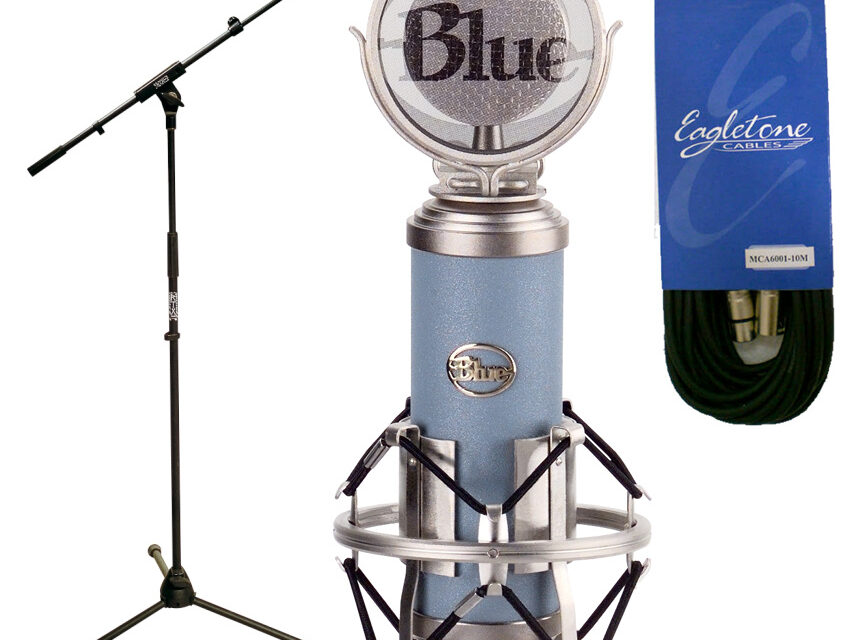Let me preface this ‘how to’ with a little note. Podcasting is not for everyone. If you don’t like talking, discussing topics at length, or producing raw content, on the spot, without refinement, podcasting may not be your cup of tea. For those who can ramble on about any given topic, and enjoy being heard, take note:
First things first: it’s all about the microphone. You need to get your voice inside of that computer. But not just any microphone will do.
Computers come with built-in mics. DON’T use them.
These aren’t directional microphones. They’re made for SKYPE and other online meeting programs. You’ll sound like you’re talking underwater. There’s no way to control the levels effectively, and the background noise will be so distracting, no one will be able to make it a sentence.
Headphones help
If only to eliminate feedback issues, a simple pair of “cans” will give you a good idea of what the recorded show is going to sound like. You can even produce while you cast.
What’s a good microphone for podcasting?
You’ll probably want to start with a simple USB handheld mic. You can find a cheap model that will suit your purposes. Singstar makes a product that, despite the cheesy packaging, gets the jobs done. There are many other out there of similar quality. On the low end of the scale, a simple USB handheld microphone (Singstar or Rock Band, etc) will usually give you relatively good quality.
Don’t underestimate the power of a mic stand.
Mic stands keep the sound quality consistent. You may not realize it when you’re recording, but you’re pulling the microphone toward and away from your face. Almost like a cigarette. It can sound horrible. Mic stands prevent this.
If you’re looking for a higher quality mic…
Blue Microphone has an affordable, good sound-quality model in the Spark digital. You can listen to one right here. It has a built-in shock absorbers and its iPhone compatible. Some of these come with pop-filters, screens that cut those hard p’s and pesky s’s.
Production & Recording Software
Here’s where the rubber meets the road. You can attach segments. Toss in some bumper music, and drop in pre-recorded ad spots with a few simple clicks. Get familiar with Adobe Audition or Apple Logic Pro. That’s all I’m saying.
Now you’re ready to upload your podcast.
There are tons of online services that’ll help you set up your podcast’s XML feed. Has this gotten confusing? Go to Podcast Generator. They’ll explain this part for me. Essentially, you need a platform to publish your podcast. It’s a lot easier than it sounds. Just follow the steps.
After you get that set up, you’re off to the races. The killer content is up to you.






